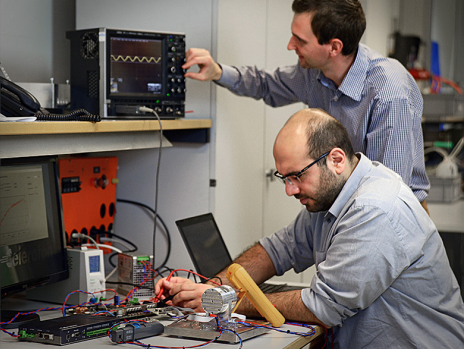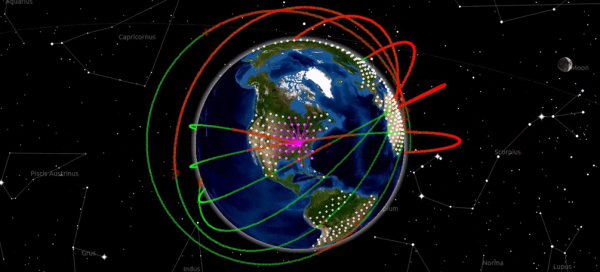One facet of the diverse pursuit that is amateur radio involves the use of amateur radio satellites. These have a long history stretching back to the years shortly after the first space launches, and have been launched as “piggy-back” craft using spare capacity on government and commercial launches.
Though a diverse range of payloads have been carried by these satellites over the years, the majority of amateur radio satellites have featured transponders working in the VHF and UHF spectrum. Most often their links have used the 2m (144 MHz) and 70cm (430MHz) bands. A few have had downlinks in the 10m (28MHz) band, but this has been as far as they have ventured into the HF spectrum.
A new cubesat designed and built by trainees at the US Naval Academy promises to change all that, because it will feature an all-HF transponder with a 15m (21MHz) uplink and a 10m downlink. To that end it will carry a full size 10m wire dipole antenna. The 30KHz wide transponder is an inverting design intended to cancel out the effects of Doppler shift. In their write-up they provide a fascinating description of many aspects of cubesat design, one which should be of significant interest beyond the world of amateur radio.
If the subject of amateur radio in space interests you, have a look at our series on the matter, first covering the OSCAR satellites, and then our recent feature on its use in manned missions.
[via Southgate ARC]





















